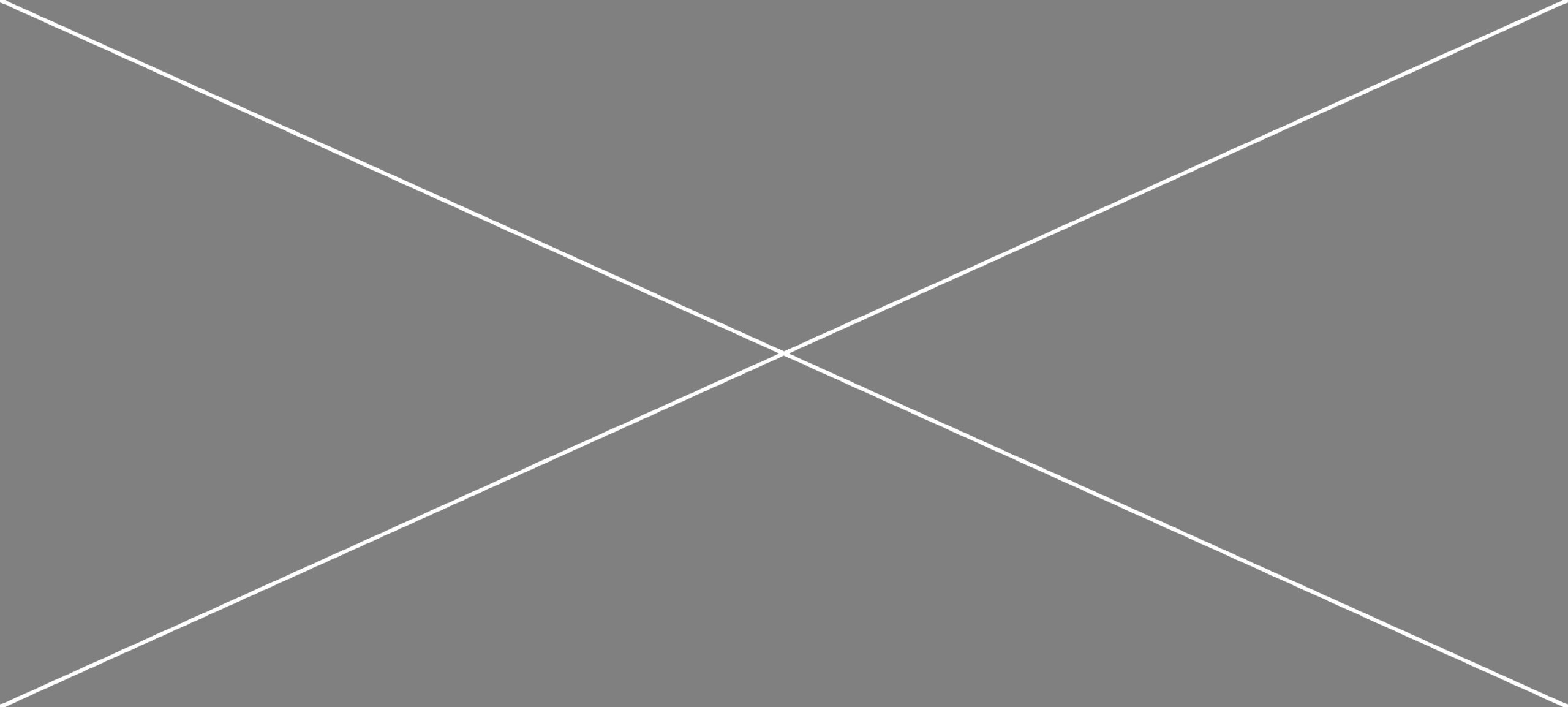Under review for Zoophilologica: Polish Journal of Animal Studies (Special Issue on “Multi-species Methods and Methodologies”).
Paper’s authors: Tomás J. Usón, Santiago Orrego, Barbara Pietrzak, Jia Hui Lee, Nieves Usón, Sandra Jasper, and Clemens Winkler.
This forthcoming paper brings together geographers, anthropologists, ecologists, and artists to explore multispecies mapping as both a method and a mode of thinking-with others. Emerging from our STS-Hub Berlin panel “Multispecies Mapping: Diffracting the Critical through More-than-human Cartographies,” the paper examines how mapping can become an experimental practice of fragmenting, scaling, and caring—three operations that challenge inherited ideas of what maps do and how they represent more-than-human worlds.
Across five vignettes, we trace how mapping unfolds in varied settings: from colonial cartographies of rodents in Africa to microbial architectures in the Peruvian Andes, from airborne ecologies in Berlin’s weather studios to multispecies inventories on small Polish farms and diagrams of animal enclosures in urban petting zoos. Each case asks what happens when the act of mapping—traditionally extractive, distant, and totalizing—is reimagined as a practice of collaboration, attentiveness, and maintenance.
Rather than offering a fixed definition, the article treats multispecies mapping as a palimpsest of practices—a field of experimental inquiry and collective world-making. To map, in this sense, is to compose relations while acknowledging their partiality; to juxtapose scales without dissolving difference; to care for the beings, materials, and atmospheres that make mapping possible.
For anthropology, geography, and STS, the paper contributes a framework for thinking about mapping as an ethical and methodological act. It argues that the challenge is not to perfect representations of multispecies life, but to make our cartographic cuts and scales accountable and contestable—to move from accuracy to care, from static depiction to situated engagement.
